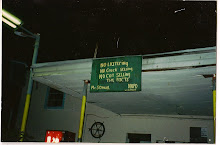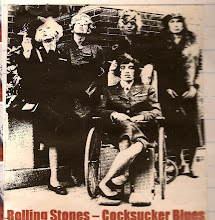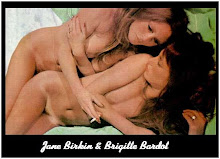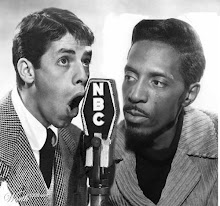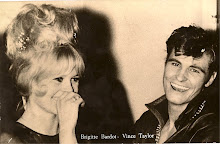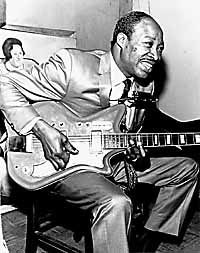Rev. Utah Smith and wings...
Pre-flight warm up.
Wrecking the house in Houston.
Utah Smith brings eyesight to the blind.
Rare 45 pressing of his first disc, originally on Regis (78 only)
Utah Smith was born in 1906 in Cedar Grove, Louisiana, in the countryside outside of Shreveport. He was schooled to the third grade, then took a job as a water boy in the cotton fields before graduating to picking cotton. He later worked in a chicken plant plucking and cleaning chickens, a job he was fired from. In 1923, he took up the calling and became an evangelist in the Church of God In Christ, usually just called the Holiness or Sanctified Church. He was married in 1929, set up a home in Shreveport, but was on the road by 1925 where he'd spend most of the next forty years.
Smith had taken up harmonica as a teen, soon switching to a steel guitar, and finally an electric guitar. He also had noticed that he, as many were later to testify, had healing powers, and an ability to tell jokes. Early on he was billed as "God's Funny Boy" and was heard preaching the Devil's funeral and attempting to move trees which of course didn't budge as well as "laying on the hands" healing the sick and maimed. By 1938 he was using his electric guitar in his revival meetings, his daughter for one claiming he was the "first black man to own one", and if he was not the first, he was certainly among them. Folks would travel for miles just to see the thing.
On the gospel highway, Reverend or sometimes Elder Utah Smith proved to be a popular attraction and he criss crossed America for four decades, his photographs appeared in not only the major black publications but also
Newsweek, the
New York Times, in folk music publications and he was recorded and broadcast for the
BBC in 1947 as part of a audio documentary called "The Story Of New Orleans Music".
He would make three commercial recordings, which would be issued on at least six different labels, three of which were versions of his theme song-- I Want Two Wings. First came a 78 RPM for Regis, recorded and first issued in 1944, then re-issued on Manor (1949), Arco (1950) and on 45 rpm on Kay-Ron (1958)
: I Want Two Wings b/w
God's Mighty Hand. The second disc came in 1947 and was self issued on his own Two Winged Temple label out of New Orleans--
(I Got) Two Wings b/w
Glory To Jesus I'm Free, this is the rarest of his commercial discs, it was pressed as a 78 and later on 45.
In 1953 he cut a session for Checker in Chicago, two songs were released-- the third rendition of
Two Wings and on the flip side
Take A Trip, which is a re-working of the old gospel standard Gospel Ship.
All these discs feature his crude, open tuned guitar prominently, and he is backed by a small female choir on all of them. There also exists at least two other versions of Two Wings he recorded that exist on single copy acetates.
Rev. Utah Smith ran his own Church in New Orleans, the aforementioned Two Winged Temple (the first location was torn down to build the Calliope projects, the second was on Octavia off Magazine), but was best known for holding revival meetings, many of which were covered in the pages of the
Louisiana Weekly newspaper. He was fairly famous in and around New Orleans, but traveled from coast to coast, catching the attention of composer and
New York Tribune music critic Virgil Thomson while appearing in Newark, N.J. in '41. Thomson approved of what he saw calling him "an interesting musical manifestation". Indeed. The same year he appeared at one of NYC's Museum Of Modern Art's "Coffee Concerts". In the 1950's he toured with gospel stars like Mahalia Jackson, the Bells Of Joy and Brother Joe May, the Thunderbolt Of The Mid-West (for a time May's pianist was Esquerita, could Esquerita and Utah Smith have met?), knocked 'em dead in Atlanta, Memphis and Dallas, and generally made a big impression on everyone who saw him, sometimes wearing gigantic white paper wings and always blasting away on a Gibson electric guitar.
The gospel highway is rough on the body though, and Smith suffered from diabetes (he was said to eat twenty biscuits in one sitting) and glaucoma, and in 1961 he retired to the Octavia Street Temple's basement where he died on January 24, 1965, blind and no longer able to play his guitar, it was said he'd taken to drink and fell down the stairs.
The life and times Of Rev. Utah Smith were fascinating, and for a more detailed look I refer you to Lynn Abbott's biography--
I Got Two Wings (Incidents and Anecdotes Of The To Winged Preacher and Electric Guitar Evangelist Elder Utah Smith) (
Case Quarter, 2008) which also comes with a CD of his complete recordings. Amen.















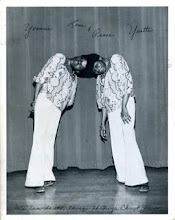













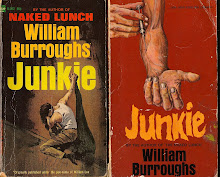

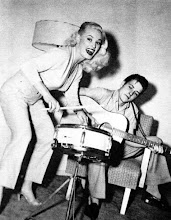

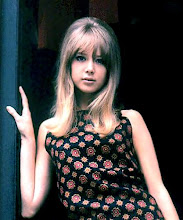



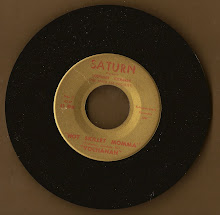







b.jpg)


